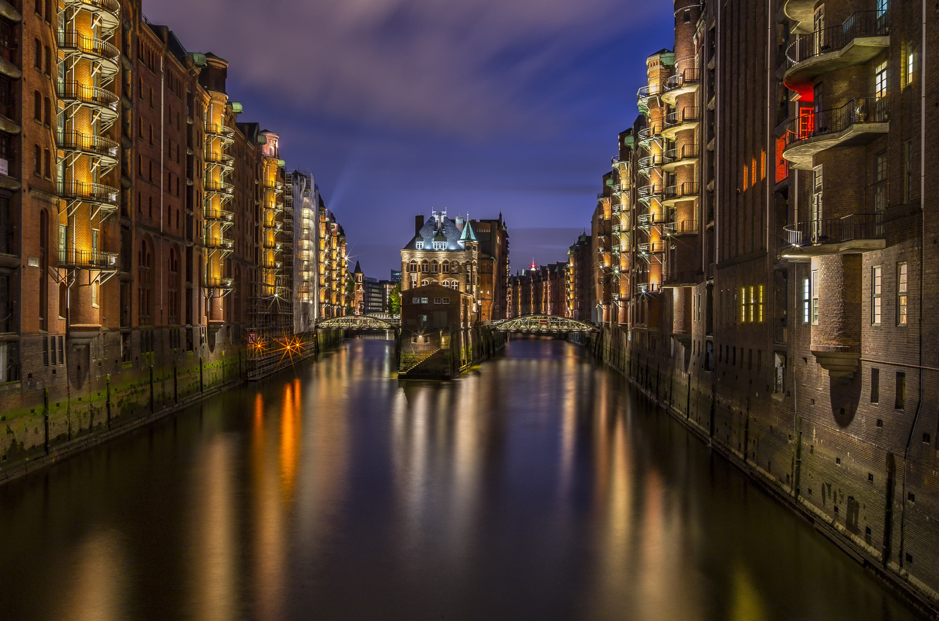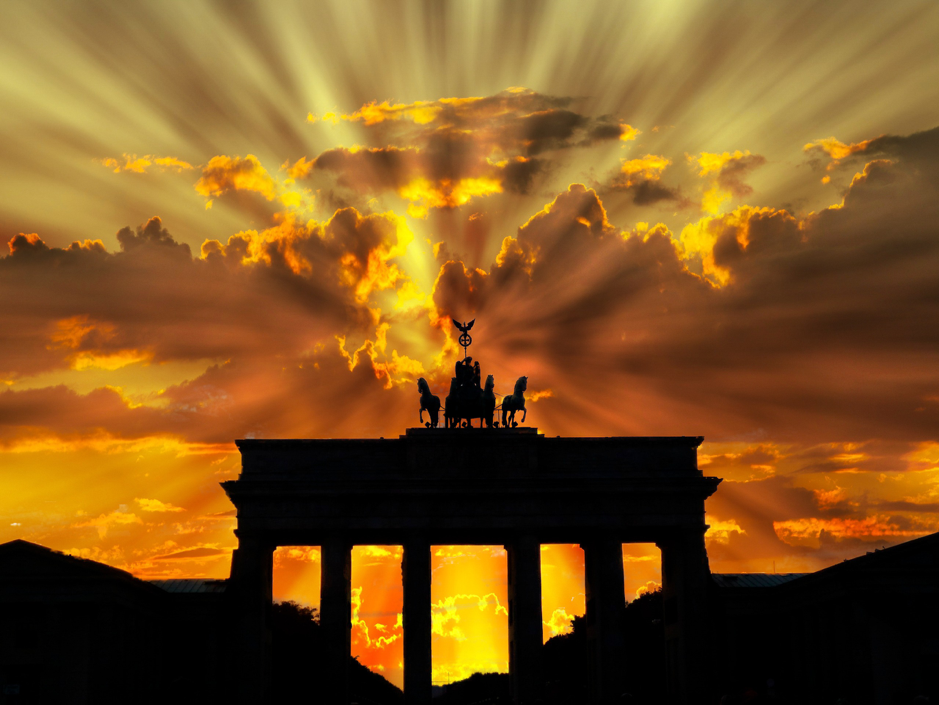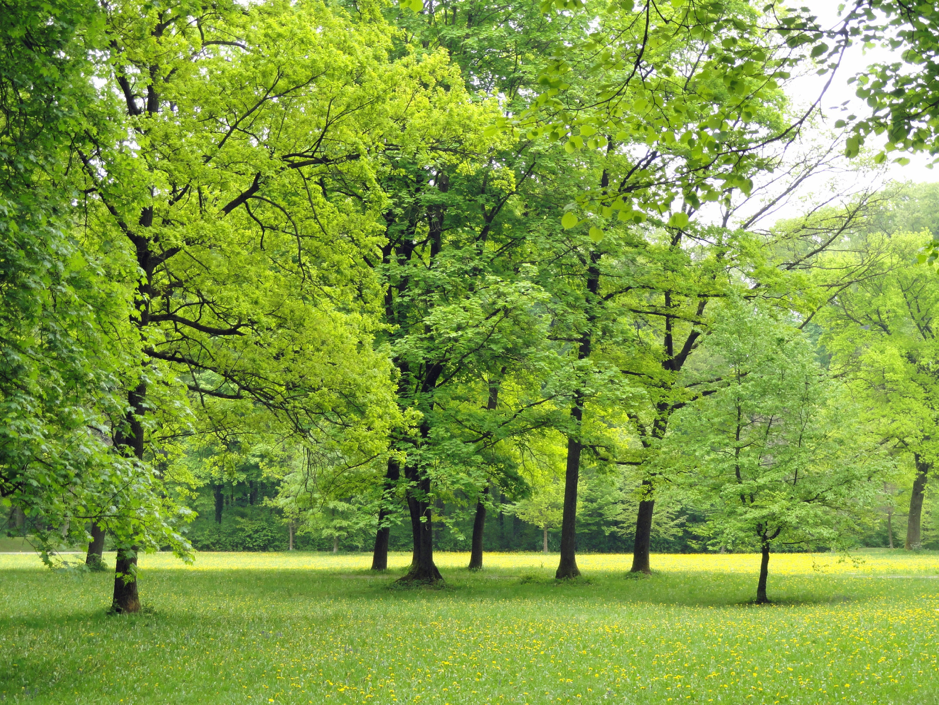Germany is a combination of cutting-edge cool and timeless tradition, wrapped up in a package of spectacular landscapes, vibrant metropolises and idyllic half-timbered villages, architectural masterpieces and fairy-tale palaces.
The world’s fourth-largest economy is also a powerhouse when it comes to spirit-lifting culture, with an extraordinary wealth of museums, a thriving art scene, renowned orchestras and high-octane nightlife. And in a country that’s given the world the Hanseatic League and the Reformation – among many other key moments in history – it’s no surprise that you'll find fascinating vestiges of the past around many a bend in the road. If you're visiting Germany for the first time, here are the highlights you shouldn't miss.
Berlin
More than a generation after reunification, the German capital has become increasingly grown-up, but it hasn't surrendered its indie spirit and contagious energy. Berlin spoils visitors with classic and quirky diversions. There’s haute cuisine in an ex-brewery, all-night parties in power stations, world-class art in a WWII bunker and the chance to chill in a river barge-turned-swimming pool.

Buildings marking milestones in history – the Reichstag, the Brandenburg Gate and Checkpoint Charlie among them – rub shoulders with 175 museums, including such top acts as the Pergamonmuseum, with its monumental antiquities, and the Hamburger Bahnhof, which boasts bold contemporary art. Sweeping views unfold from the TV Tower and the Reichstag Dome, while down below, tourist boats glide past the Nikolaiviertel, the site of Berlin’s medieval beginnings.
Munich
The Bavarian capital is always happy to oblige when it comes to delivering on the clichés that visitors to Germany expect. Yes, Munich is indeed a city of bosoms in Dirndls and beer halls with oompah bands. But beneath the cutesy veneer lies a sophisticated, proud and wealthy town.
Art lovers can feast on fabulous canvases from the Middle Ages to today in the trio of Pinakothek museums (Alte Pinakothek, Neue Pinakothek and Pinakothek der Moderne) or in the exquisite Lenbachhaus. Munich’s arc of masterful architecture spans from the medieval Frauenkirche to the futuristic BMW Museum. Cafe culture thrives in such boho-chic quarters as the Glockenviertel and the Gärtnerviertel, which also teem with trendy indie boutiques. One of Europe’s most beautiful city parks, the vast Englischer Garten, with its beer gardens and surfing wave, also invites a sightseeing break.
Romantic Rhine Valley
Few rivers have captured the imagination of artists and travellers so passionately as the Rhine, especially the Unesco-protected Middle Rhine section linking Bingen and Koblenz. Also known as the Romantic Rhine Valley, it’s a landscape of magical beauty where legend-shrouded castles lord over villages full of half-timbered buildings, embraced by steeply terraced vineyards that yield some of Germany’s most fabled Rieslings.

Like a fine wine, this region needs to be savoured in sips, not gulps. It can be explored by car, train, bicycle, on foot and – most romantically – by boat. Each village has its merits, of course, but highlights include Braubach with the mighty Marksburg Castle; the wine village of Bacharach; and Kaub with Burg Pfalzgrafenstein, a boat-shaped former toll castle right in the river.
Romantic Road
Germany’s most popular holiday route is the Romantic Road, a scenic ribbon of cultural, natural and historical riches. It meanders for 400km from Würzburg – famous for its wine and Unesco-listed baroque Residenz palace – to Füssen, where the Alpine foothills cradle King Ludwig II’s mock-medieval fantasy palace of Neuschwanstein (which reportedly inspired Disney’s Sleeping Beauty Castle).
A highlight along the way is the half-timbered gem of Rothenburg ob der Tauber which has intriguing crime and Christmas museums and is still sheltered by its medieval ramparts. The same is true of Dinkelsbühl and Nördlingen, which are similarly quaint but less overrun. The latter has the additional distinction of being situated within a massive crater gouged by a meteor some 15 million years ago.
Bavarian Alps
The Bavarian Alps fan out from south of Munich and east to the Austrian border, and are an intoxicating pastorale of muscular mountains, clattering brooks, forests of towering evergreens and meadows smothered in wildflowers.
Royal groupies get to compare Ludwig II’s flamboyant Neuschwanstein to his frilly Linderhof pad and the Versailles-style Herrenchiemsee. Rising from an Alpine meadow, the sumptuous Wieskirche represents the pinnacle of rococo exuberance. Peak baggers are drawn to Garmisch-Partenkirchen for its famous ski slopes and breathtaking cogwheel-train ride to the top of the Zugspitze, Germany’s highest mountain. Meanwhile, Berchtesgaden draws history buffs and dark tourism fans with the Eagle’s Nest, Hitler’s mountaintop retreat, and the Dokumentation Obersalzberg, an exhibit about Berchtesgaden’s stint as the Nazi party’s southern headquarters.

Black Forest
Steeped in timeless mystique, the Black Forest is a sylvan slice of Germany where patches of woods are indeed so dark and thick that one might expect to stumble upon the witch’s house in the Hansel and Gretel fairy tale.
Unfolding east of the Rhine between the Swiss border and elegant Baden-Baden, with its glorious thermal baths and casino, the region is a gourmet paradise with no fewer than 26 Michelin-starred restaurants. It’s also the birthplace of the black forest cake, a creamy, kirsch-drenched confection; Cafe Schäfer in Triberg has some of the best. Triberg also happens to be Germany’s cuckoo clock capital, with countless souvenir shops and the world’s two largest cuckoo clocks, each of them the size of a house. From here, it’s just a short hop to Freiburg, a charismatic university town with a grand minster and lively, cafe-rimmed plazas.
Make it Happen
Frankfurt and Munich are the most popular airports, but there are dozens of others, many of them served by budget airlines such as easyJet and Germanwings. Germany has an excellent train network that links most towns, large and small. Check schedules and buy tickets on the Deutsche Bahn website (bahn.de). Travelling around by car buys flexibility and makes it easier to get off the beaten track, especially in rural areas. All major international rental agencies have offices in the main cities. The cheapest way to get around is by long-distance bus. Check which operator goes where, when and for how much on the Busradar website (busradar.com).
It’s perfectly possible to travel in Germany without speaking a word of German, but it helps to master a few simple phrases. People are more likely to speak English in big cities, in the western part of the country and in tourist hotspots. Peak season is July and August but some holiday weekends in May and June can be busy too. Check the Public Holidays website (publicholidays.de) for dates, and book ahead during busy times. Bring an umbrella, a coat and closed shoes – rain is a possibility any time of year.